Introduction
Are Albino Parakeets Rare: Albino parakeets, with their stunningly unique appearance, have long captured the fascination of bird enthusiasts and casual observers alike. These striking avian specimens are indeed a rare sight in the world of parrots and parakeets. Albino parakeets are distinguished by their complete lack of pigmentation, which results in their striking white plumage, red or pink eyes, and a delicate, almost ethereal appearance. The intriguing rarity of albino parakeets, delving into their genetics, habitat, and the special appeal they hold for both bird lovers and the scientific community.
The rarity of albino parakeets is rooted in their genetic makeup. Albinism is a genetic condition characterized by the absence of melanin, the pigment responsible for coloration in animals. In the case of parakeets, the absence of melanin leads to the iconic white feathers and striking eye coloration seen in albino specimens. This genetic mutation occurs infrequently in the wild and is even rarer in captive breeding programs, making albino parakeets a sought-after treasure among bird enthusiasts. Albino parakeets, like their colorful counterparts, are native to various regions around the world, depending on the specific species.
Their unique appearance can be found in parakeet species such as the budgerigar, which is native to Australia, or the Monk Parakeet, native to South America. While these species are relatively common, albino individuals are extremely scarce due to the genetic factors at play. Beyond their aesthetic appeal, albino parakeets also hold scientific significance. Researchers study them to gain insight into genetic anomalies and their impact on bird behavior, health, and survival in the wild. The rarity of albino parakeets underscores the protecting and preserving these extraordinary birds, as they contribute to our understanding of avian genetics and the broader ecosystem.
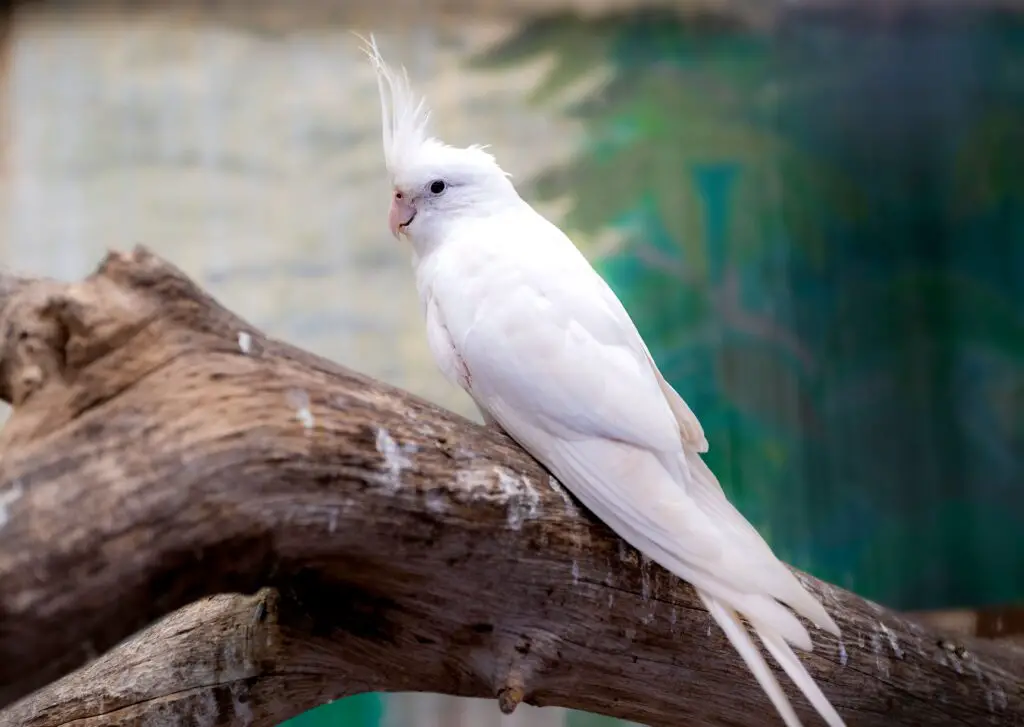
What are the rare white parakeets?
Albino Budgies is a Type of White Parakeet
The bird’s entire plumage is white, they also have pink legs and a pink cere nose band that contains the nostrils, and their eyes appear markedly red. This variety is caused by the Ino gene, which removes melanin, the substance responsible for dark colors.
Rare white parakeets, often referred to as albino or leucistic parakeets, are a unique and enchanting subset of the parrot family known for their striking lack of pigmentation. Unlike their more common, vibrantly colored counterparts, these parakeets exhibit a captivating and pristine white plumage. Their most distinctive feature is their red or pink eyes, a result of the complete absence of melanin, the pigment responsible for coloration in animals.
Albino parakeets are exceptionally rare in the wild due to the genetic mutation that causes their lack of pigmentation. This genetic anomaly makes them stand out in their natural habitats, which can be both a blessing and a curse. On one hand, their conspicuous appearance makes them easier for predators to spot, increasing their vulnerability. On the other hand, their rarity often piques the interest of bird enthusiasts and researchers, leading to efforts to protect and study these unique individuals.
Albino parakeets can be found in various parakeet species, such as the budgerigar and the Monk Parakeet, among others, depending on the region. These birds serve as a testament to the remarkable diversity of life on Earth and the mysteries of genetics. Their captivating beauty and scarcity continue to inspire awe and admiration among those fortunate enough to encounter them, making them a true treasure of the avian world.
Are albino birds rare?
Albinism is rare, with estimates ranging from 0.05% to 0.1% frequency in birds.
Albino birds are indeed rare and captivating anomalies within the avian world. These unique individuals exhibit a genetic condition known as albinism, characterized by the complete absence of melanin pigment in their feathers, skin, and eyes. This absence of melanin gives albino birds a stunning, almost ethereal appearance, with pure white plumage and strikingly pink or red eyes.
The rarity of albino birds can be attributed to the intricate genetic factors at play. Albinism is a recessive genetic trait, meaning that both parent birds must carry the albino gene for it to manifest in their offspring. Consequently, the likelihood of albino birds appearing in a population is relatively low, making them a rare sight in the wild and even more so in captivity.
Albino birds are not limited to a specific species but can be found across various bird families, including sparrows, robins, pigeons, and even raptors like eagles and owls. Each instance of albinism is a testament to the unpredictable and awe-inspiring diversity of nature.
How much is an albino budgie worth?
If you go to a local pet store, there should be albinos and lutinos. They’re very common, and they’re really usually only priced around $25.
Age: Young, hand-raised albino budgies tend to be more expensive than older birds, as they are easier to tame and bond with as pets.
Gender: Female albino budgies are typically more valuable than males because they are less common. In budgerigars, males usually have a bright blue cere (the fleshy area above the beak), while females have a brown or beige cere.
Health and condition: A healthy albino budgie with no apparent health issues or deformities will command a higher price.
Breeder reputation: Albino budgies bred by reputable and experienced breeders may be priced higher due to the assurance of their quality and lineage.
Location and demand: Prices can also vary based on geographical location and local demand for albino budgies. In areas where these birds are less common, they may be more expensive.
Are albino parakeets male or female?
It is usually very difficult to sex an albino parakeet without a DNA test. Generally both sexes will have a pink/lavender cere. Sometimes it will turn white or brown for a female. The female albinos are more common due to the genetics involved.
Male Albino Parakeets: Male albino parakeets typically have a bright blue cere. This blue coloration indicates their male gender and is a characteristic feature of most male parakeets.
Female Albino Parakeets: Female albino parakeets, on the other hand, usually have a brown or beige cere. This coloring distinguishes them as females.
These gender distinctions apply to many parakeet species, there can be exceptions and variations in coloration, especially in different mutations or subspecies. Therefore, in cases where the cere’s color is not definitive or in doubt, a DNA test, which provides accurate gender identification, can be conducted by a veterinarian or specialized avian lab.
Do albino birds live long?
Most albino birds do not live long enough to reach sexual maturity and reproduce. The majority of albino birds are thought to die soon after they fledge.
The lifespan of albino birds, like that of their non-albino counterparts, can vary depending on various factors. Albino birds do not have a distinct advantage or disadvantage in terms of longevity solely because of their lack of pigmentation. Instead, their lifespan is influenced by genetic factors, species-specific characteristics, environmental conditions, and overall care.
In general, the longevity of albino birds is primarily determined by their species. Some bird species naturally have longer lifespans than others. For instance, larger parrot species tend to live longer than smaller finches.
Proper care also plays a crucial role in determining how long an albino bird will live. Factors such as nutrition, a clean and safe living environment, regular veterinary care, and social interaction all contribute to the overall health and longevity of the bird.
Do all albino birds have pink eyes?
A true albino bird will always have pink eyes because the only color comes from the blood vessels in their eyes. Most albino birds born in the wild will die shortly after fledging due their poor eyesight and it is not thought that any wild albino birds have survived to adulthood.
While many albino birds do indeed have pink or red eyes, not all albino birds share this characteristic. The color of the eyes in albino birds is primarily determined by the specific genetic mutation causing their lack of pigmentation.
Tyrosinase-Positive Albinism: Birds with tyrosinase-positive albinism typically have pink or red eyes. This mutation affects the production of melanin and leads to the absence of pigmentation in feathers, skin, and eyes.
Tyrosinase-Negative Albinism: In contrast, tyrosinase-negative albinism can result in blue or even violet eyes in albino birds. This mutation affects the conversion of tyrosine into melanin and can lead to a different eye coloration.
Are albino lovebirds rare?
Albino. Not to be confused with pied or gray-headed lovebirds, true albinism in birds is actually very rare. Even domestic lovebirds that have all-white feathers are not necessarily albino. According to the National Audubon Society, birds with pale feathers and naturally colored eyes have a condition known as leucism.
Albino lovebirds are indeed considered rare and highly sought after in the world of aviculture. Lovebirds, known for their small size, vibrant plumage, and affectionate nature, are already popular pets among bird enthusiasts. However, albino lovebirds stand out as particularly unique and captivating due to their striking lack of pigmentation.
The rarity of albino lovebirds can be attributed to the genetic factors governing their coloration. Albinism in lovebirds, as in other birds, is a result of a genetic mutation that prevents the production of melanin, the pigment responsible for color in feathers, skin, and eyes. This genetic anomaly occurs infrequently in lovebird populations, making albino individuals a precious find.
The distinctive appearance of albino lovebirds features snowy white plumage, complemented by striking red or pink eyes. This striking contrast makes them a prized addition to the aviary of bird enthusiasts and collectors. Due to their scarcity, albino lovebirds are often more expensive than their traditionally colored counterparts, with prices varying depending on factors such as age, gender, and overall health.
Are albino eyes rare?
Frequency. The most common form of this disorder, ocular albinism type 1, affects at least 1 in 60,000 males. The classic signs and symptoms of this condition are much less common in females.
Albino eyes, characterized by their striking pink or red coloration, are relatively rare in the animal kingdom. The term “albino” refers to a genetic condition that results in the absence of melanin, the pigment responsible for coloration in eyes, skin, and hair. In the absence of melanin, the eyes of albino individuals lack the typical pigmentation that gives them their natural color, such as brown, blue, green, or hazel.
The rarity of albino eyes is rooted in the genetic factors that cause albinism. Albinism is a genetic mutation that affects a wide range of species, including humans, animals, and birds. While the prevalence of albinism varies among different species, albino eyes are relatively uncommon due to the specific genetic alterations needed for this condition to manifest.
The pink or red coloration seen in albino eyes is a result of the underlying blood vessels showing through the iris, which lacks the usual pigmentation that would obscure them. This unique appearance makes albino eyes particularly striking and captivating.
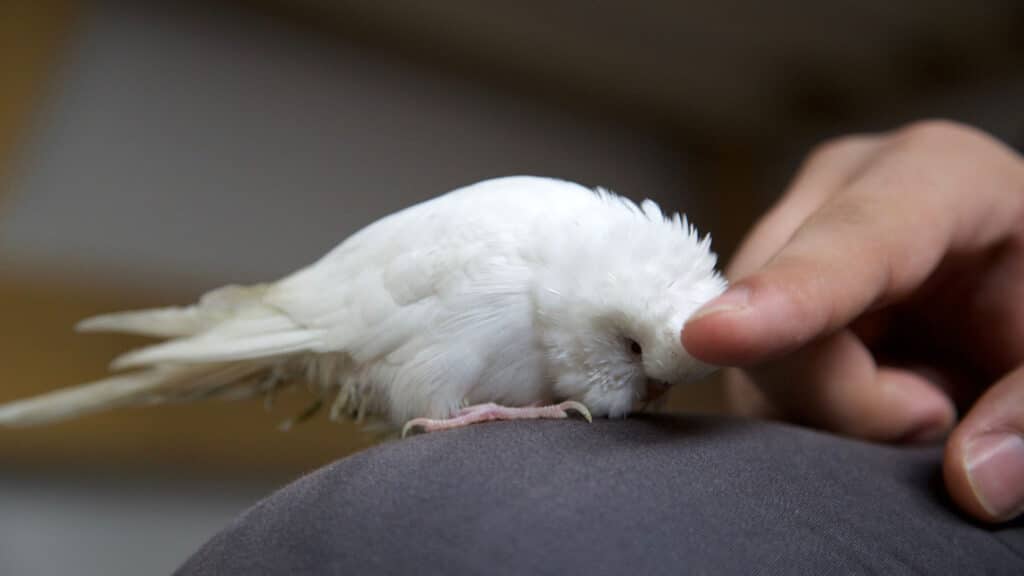
Conclusion
Albino parakeets are indeed exceptionally rare and captivating creatures. Their unique genetic makeup, resulting in a complete absence of melanin and the striking white plumage, sets them apart from their vibrantly colored counterparts. These remarkable birds are a testament to the intricate diversity of nature and the fascinating world of avian genetics. Albino parakeets’ rarity extends beyond their aesthetic appeal; it holds profound scientific value. The study of these genetic anomalies provides insights into the mechanisms of pigmentation in birds, shedding light on broader genetic principles.
Their scarcity emphasizes the need for conservation efforts to protect and preserve these exceptional avian individuals, ensuring they continue to contribute to our understanding of the natural world. As we celebrate the rarity and uniqueness of albino parakeets, let us also recognize the safeguarding their populations and habitats. By doing so, we not only protect these captivating birds but also contribute to the broader field of ornithology and genetic research, unraveling the mysteries of nature one exquisite white feather at a time. The allure of albino parakeets extends beyond the scientific realm.
They captivate the hearts of bird enthusiasts and nature lovers alike with their otherworldly appearance. These stunning birds, with their pristine white plumage and striking red or pink eyes, evoke a sense of wonder and fascination that is difficult to replicate in the avian world. For many, encountering an albino parakeet in the wild or as a pet is a once-in-a-lifetime experience, a testament to the beauty and diversity found in the natural world. Albino parakeets, though rare, also face unique challenges in their natural habitats. Their lack of natural camouflage due to their white coloration can make them more vulnerable to predators.

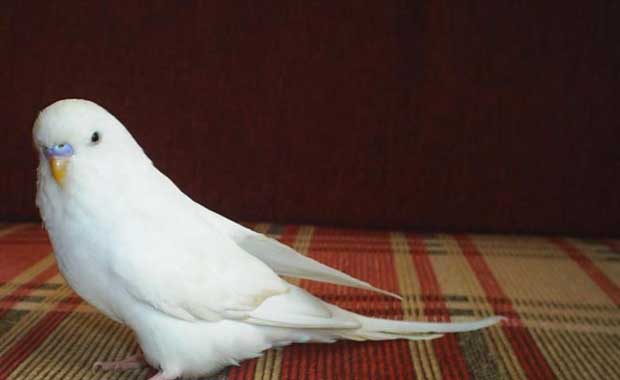
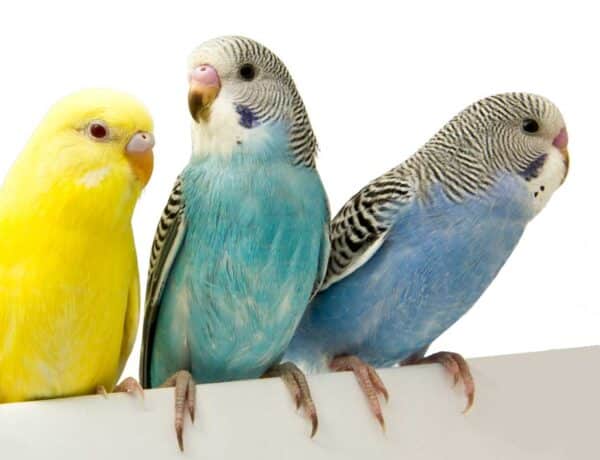
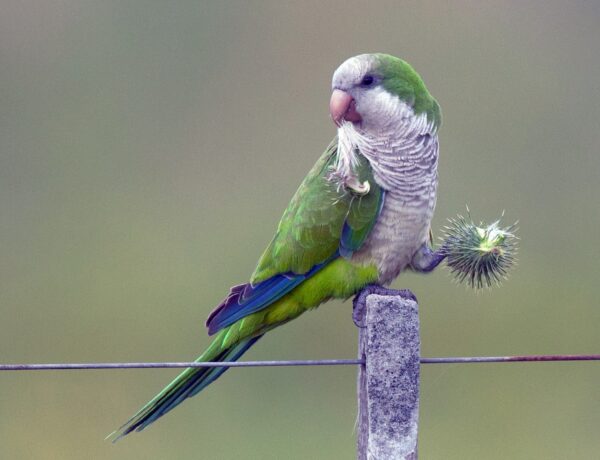
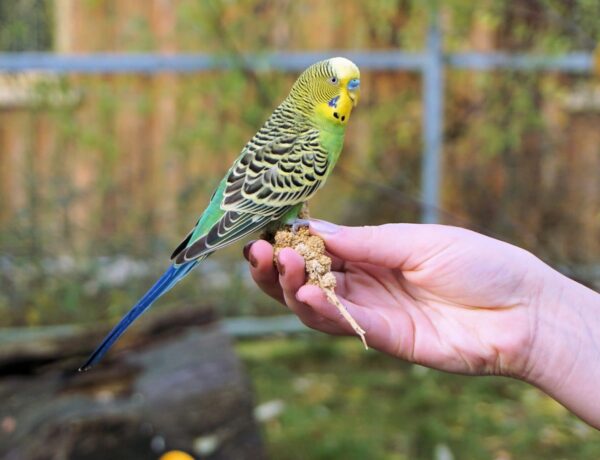
No Comments